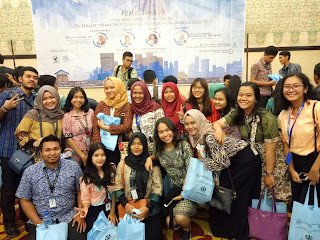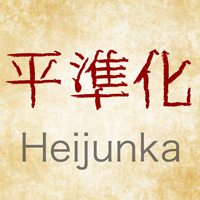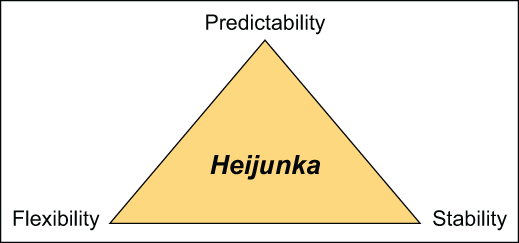Jadi....hmmm sebenernya ini termasuk tugas tapi gapapasih cerita sedikit.
Nama lengkap saya Agnessha Hendira Puspita tapi biasanya dipanggil agnes cuman sekarang dipanggilnya Nesha karena dikelas yang namanya agnes ada 2orang X"D umur alhamdulillah 20tahun. Sekarang lagi kuliah di STMT Trisakti.
Kenapa memilih kuliah di STMT Trisakti?
Kalau boleh jujur, hehe waktu itu pengen ngambil beasiswanya aja sebenernya, lumayan kan kalau kuliah bisa dapet beasiswa. Alesan lainnya waktu itu pengen masuk perguruan negeri tapi gaketerima jadi yaaa akhirya ke STMT Trisakti, sebenernya juga pengen nambah pengalaman ngambil kuliah diluar jurusan SMK, waktu SMK saya ngambil jurusan Pariwisata, katanya kalau kuliah ngulang-ngulang lagi pelajarannya jadi pengen mencoba hal baru buat nambah-nambah ilmu juga.
Kenapa memilih D3 Manajemen Logistik dan Material?
Sekarang jurusannya DIII Manajemen Logistik dan Material, sebenernya udah daftar yang S1 biar bisa dapet beasiswa full tapi kenyataan tak seindah ekspetasi gadapet S1:") jadi ngambil beasiswa yang DIIInya deh, lumayan.
Terus waktu itu ngambil awalnya saya memilihnya Transportasi Udara, rencana awalnya biar masih nyambung-nyambung sama pelajaran SMK waktu itu. Tapi ganti jadi Manajemen Logistik dan Material karena katanya jangkauan pekerjaannya lebih luas dibanding jurusan lain, bisa kerja dimana aja gitu. Pas pertama kali masuk belajar Logistik itu bingung banget karena gatau apa-apa tentang logistik, setelah belajar dan terus belajar mengenai logistik saya semakin mengerti kalau logistik itu ternyata selama ini memang dibutuhkan dalam segala aktivitas. Jadi gak menyesal juga kuliah ngambil jurusan Logistik. Rencananya sih pengen ngehindarin itung-itungan juga (tapi ternyata itungannya bikin pusing).
Mau kerja dimana setelah lulus???
Setelah ini mau kerja dimana? Ekhem kalau soal pekerjaan jujur masih bingung mau kerja dimana, tapi yang jelas sih dibagian logistik juga. Terutama logistik konser!! Karena kan saya juga K-Popers, terkadang kalau nonton konser tuh suka pengen tau gitu gimana sih proses Logistiknya. Pengen banget tau gimana rasanya kerja di dunia logistik konser, gimana cara ngatur barang-barangnya, ngejagainnya. Sampai sekarang tuh masih penasaran banget. Apalagi kalau kerja sejalan sama passion itu pasti enak buat dijalaninnya juga.
Kegiatan Saya
Okay, so.. I think thats enough about me. Bye~
Tugas Manajemen Pengadaan
Agnessha Hendira Puspita
223415027
DIII MLM 2015
































